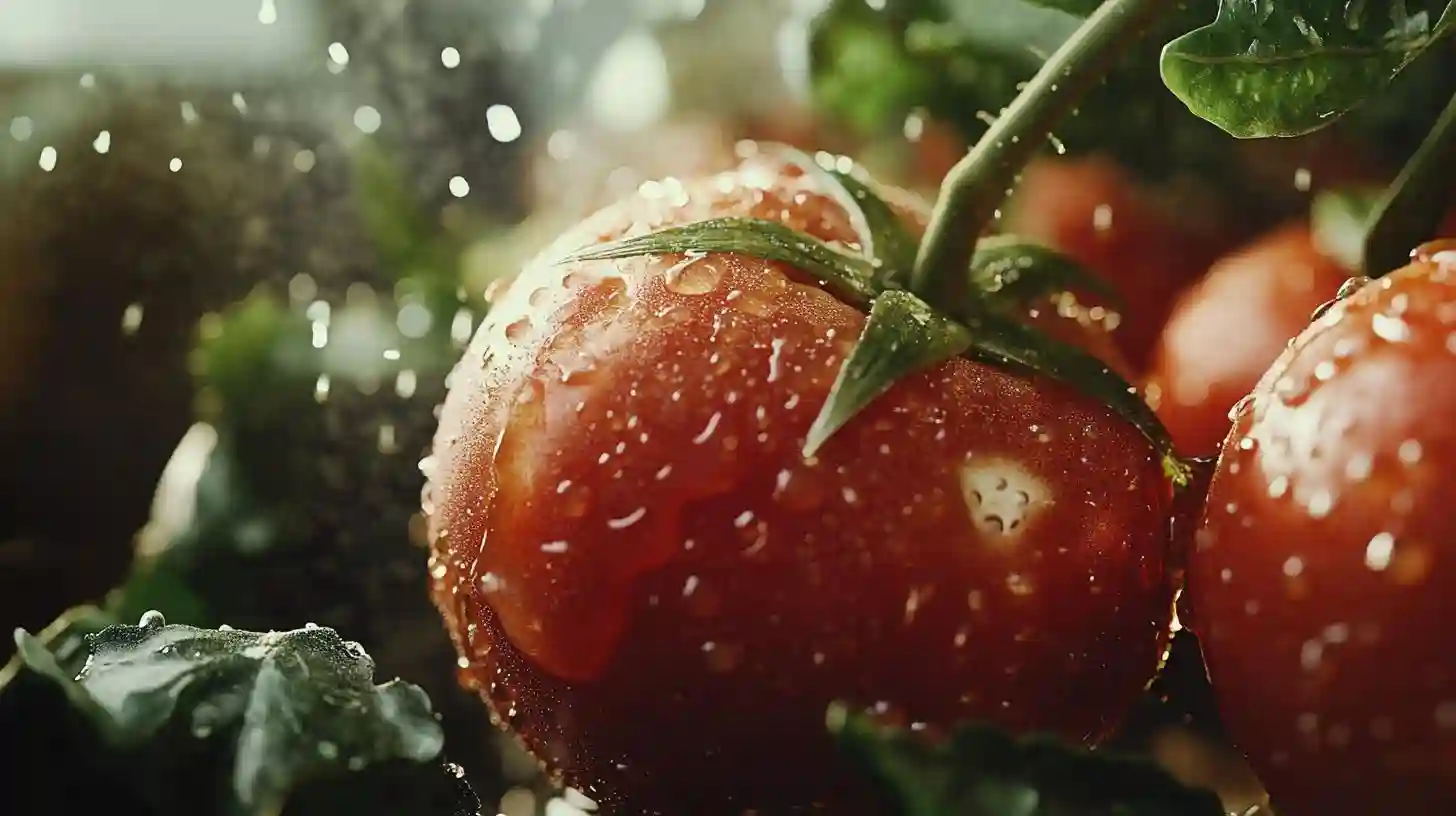
Food photography has evolved dramatically in recent years, propelled by social media platforms that celebrate culinary arts and visuals. With an increasing number of food enthusiasts and professionals sharing their creations online, capturing vibrant, mouthwatering images has become essential. This evolution has inspired the exploration of new trends and techniques that photographers are leveraging to enhance their work. One of the most prominent trends is the use of natural light, which creates an inviting atmosphere and emphasizes the textures of food. Photographers are moving away from artificial lighting, opting instead for the soft, diffused light that comes through a window. This approach not only brings out the natural colors of ingredients but also adds a layer of warmth, making dishes appear more appetizing.
Another trend that has seen a significant rise is minimalism, where less becomes more. Instead of overwhelming viewers with an array of props, minimalist food photography focuses on the subject itself, drawing attention to the details of the culinary creation. By using a simple background and a limited color palette, the dish takes center stage. This approach highlights the craftsmanship involved in food preparation and encourages viewers to appreciate the harmony in simplicity. Additionally, embracing negative space can create a more balanced composition, allowing the food to breathe while also providing a sense of sophistication.
One cannot discuss contemporary food photography without mentioning the impact of social media, particularly Instagram. The platform's visual nature has led to innovative techniques that appeal to scrolling audiences. One such technique is the concept of storytelling through food. Photographers are not just capturing a dish; they are creating narratives around the meal, incorporating elements that suggest a broader experience. By including ingredients scattered around the plate, utensils in use, or even people interacting with the food, the photograph tells a story that invites the viewer into an entire culinary experience. This approach engages the audience emotionally, allowing them to envision themselves enjoying the meal.
Color theory is another essential consideration in food photography, with a focus on color harmony creating appealing compositions. Photographers are paying more attention to color combinations that complement one another while also reflecting the seasonality of ingredients. For instance, vibrant greens and rich reds can signal freshness and health, whereas neutral tones can convey comfort and coziness. By understanding how colors interact, photographers can evoke specific feelings and moods, enticing viewers further and inviting them to connect with the image.
The rise of mobile photography cannot be overlooked in current trends. With the advancement of smartphone cameras, more people are engaging with food photography. These cameras often come equipped with powerful features that can rival traditional cameras under certain conditions. Photographers are adapting their techniques to harness these capabilities, embracing spontaneity and capturing moments on the fly as delicious food is served. The focus is shifting towards capturing authentic experiences as they happen, adding an element of realism that resonates with audiences.
Textures play a vital role in food photography, with many photographers finding innovative methods to emphasize the tactile qualities of dishes. Techniques such as close-ups and macro photography allow the intricate details of food—like the glossy glaze on a pastry or the bubbles in frothy beverages—to shine through. Capturing these elements engages the audience's senses, making them feel as if they could reach out and touch or taste the food. Strategies like overhead shots, which provide a clear view of a dish and its components, make it easier for viewers to take in both colors and textures in an organized manner.
Moreover, advanced editing techniques have become integral to modern food photography. Post-processing allows photographers to manipulate images, enhancing colors, adjusting contrast, and correcting minor imperfections. However, the key to effective editing lies in maintaining authenticity. Over-editing can lead to unrealistic representations of food, deterring audiences who expect vibrant visuals based on real-life experiences. Finding that balance between enhancement and authenticity is crucial and requires an understanding of both the subject and the audience's expectations.
Incorporating trends such as plating techniques also positively impacts food photography. The beauty of a dish lies not just in the ingredients but also in how they are arranged. Chefs and photographers work closely to create visually appealing presentations that tell a visual story while highlighting the dish’s key elements. Techniques like layering, height variation, and careful placement can transform a simple dish into a spectacular visual feast.
Ultimately, food photography is about capturing a moment in time that encapsulates the essence of culinary delight. Trends and techniques continue to evolve, driven by creativity, technology, and an ever-growing audience eager to indulge in beautiful food presentations. Embracing these changes allows photographers to push boundaries, resulting in compelling visuals that not only satisfy the eyes but also whet the appetite.